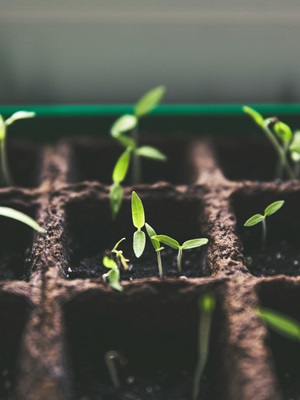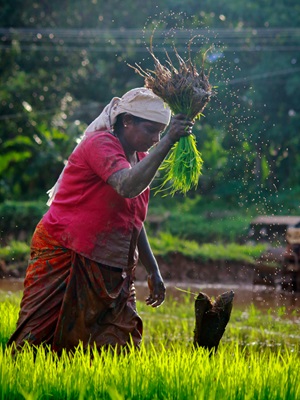.jpg?sfvrsn=7012ca55_1)
Ilman Ikhsan

Founder @ Tanio
Ilmi Ikhsan founded tanio as an agritech startup from Indonesia to increase access to healthy food and build climate resilience among farmers. The increasing impact of climate change on agriculture had challenged Ilmi Ikhsan to find a possible solution to help more farmers in rural areas. Through Tanio, Ilmi has worked with more farmers to start regenerative agriculture in rural areas to produce more healthy food and conserve more land.

This person hasn't created any posts yet.

This person has not create any courses yet.




